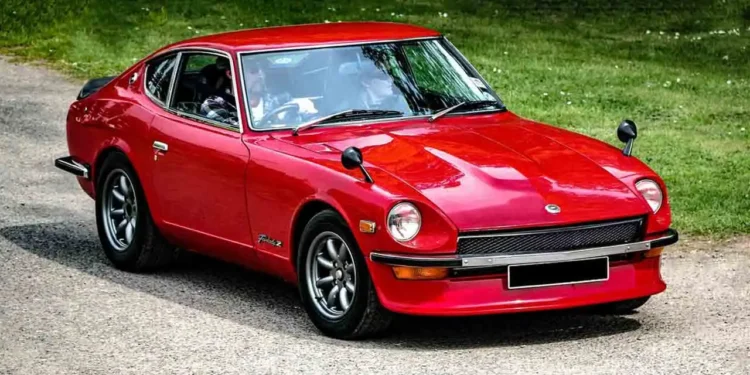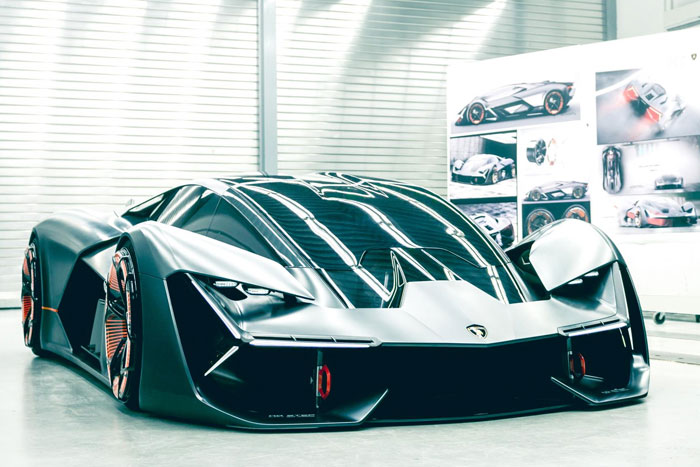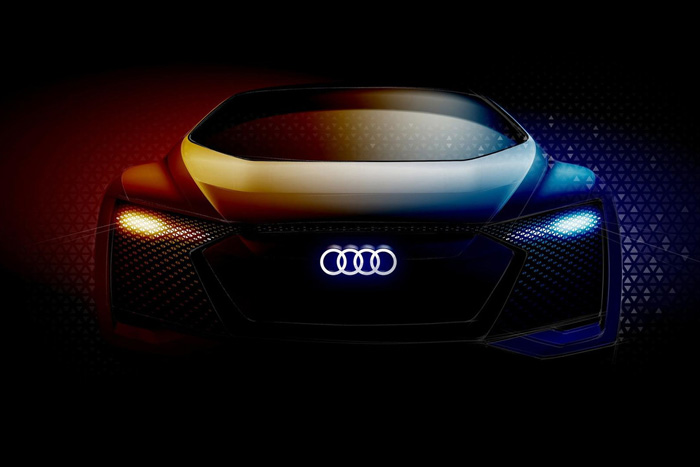Did you know Nissan’s story goes all the way back to 1911? The story began when Masujiro Hashimoto established Kwaishinsha Motor Car Works. Doesn’t exactly roll off the tongue, right? But that’s how all great stories begin—with a spark of innovation and a name that’s a bit hard to pronounce! Fast forward three years, and the company built its first car, the DAT. Now, here’s a fun tidbit: DAT wasn’t just a random name; it was actually an acronym made up of the surnames of the three investing partners. Talk about teamwork!
As with many companies in those early days, Nissan went through a few identity changes during the 1920s. It wasn’t until 1934 that the name Nissan Motor Company finally came into play. Imagine all the brainstorming sessions that must’ve led to that decision!
What Does Nissan Mean?
Now, here’s where it gets really interesting: the name “Nissan” itself. In Japanese, it comes from the kanji characters 日 (hi) and 産 (san). Roughly translated, it means “sun-born” or “born of the sun.” Pretty poetic, right? And if you’ve ever taken a close look at Nissan’s logo, you’ll see the symbolism come to life. The circle? That’s the rising sun. And those two horizontal lines beneath it? They represent the earth. So, every time you spot a Nissan, you’re looking at a sleek homage to the land of the rising sun.
Yoshisuke Aikawa, a visionary entrepreneur, took control of Nihon Sangyo Co. Ltd. in 1928., the company that would eventually give birth to the Nissan brand. With a keen eye on the booming automotive industry in the United States, Aikawa had a hunch—cars were going to take off in Japan, too. And, well, he was right.
The country’s first mass-produced car, the Datsun Type 15, hit the streets in 1937. Imagine the excitement when this little gem hit the streets in different forms—a phaeton, a mini pickup, and even a delivery van. Fast forward 20 years, and Nissan introduced the Skyline, the car that would eventually pave the way for the legendary GT-R. It was a game-changer.
By 1959, Nissan was ready to take on the U.S. market, showcasing its Datsun models at the LA Motor event. And the world was taking notice. To keep up with the surging global demand, Nissan expanded production to Mexico in 1966, followed by factories in Australia and Taiwan. But the real milestone? The opening of their first American factory in Smyrna, Tennessee, in 1983—a bold move that solidified their presence on the global stage.
Nissan Cars
The most famous models of the 1960s included the Fairlady 1200 Roadster, the Datsun 320 Truck, the 2000 Roadster sports car, the Nissan 411 4-Door Sedan, the Nissan Patrol, the Datsun 510 sedan, and the Datsun 1600 Roadster.
Fast forward to the 1970s, and Nissan’s lineup was just as exciting. The Datsun Coupe and 240Z became symbols of performance, while the Datsun 510 continued to win hearts. The Datsun King Cab truck was perfect for those needing a bit more muscle, and the Datsun B210gx added a touch of flair to the mix.
The 80s introduced the first-generation Nissan Maxima, and the first American-built Nissan truck and the Sentra.
By the 90s, Nissan was making history again with the first Altima assembled in America and the introduction of the four-door Frontier Crew Cab, offering even more versatility for drivers.
The Japanese automaker made headlines when it introduced the Nissan LEAF in 2010. It was the world’s first mass-produced EV, which continued to improve in terms of tech and drive range. The same year Nissan introduced the Juke and the Pulsar four years later.
Nissan was born about 90 years ago and it seems the company improved in every way during its lifespan. The Nissan LEAF, the e-POWER hybrid system, and its motorsport heritage are just a few examples of its innovation.










